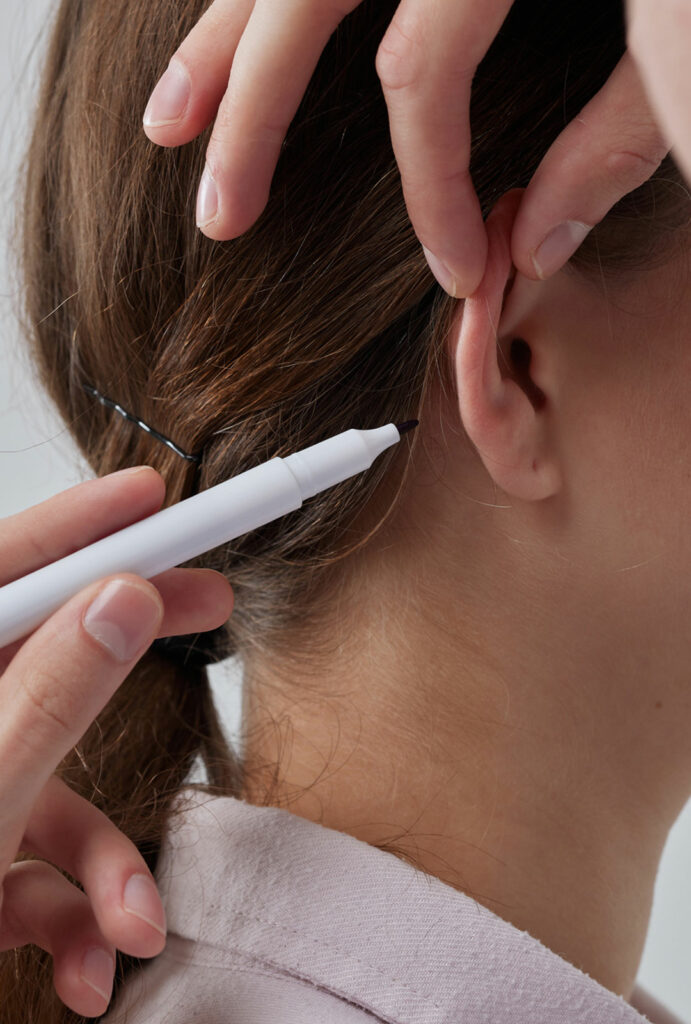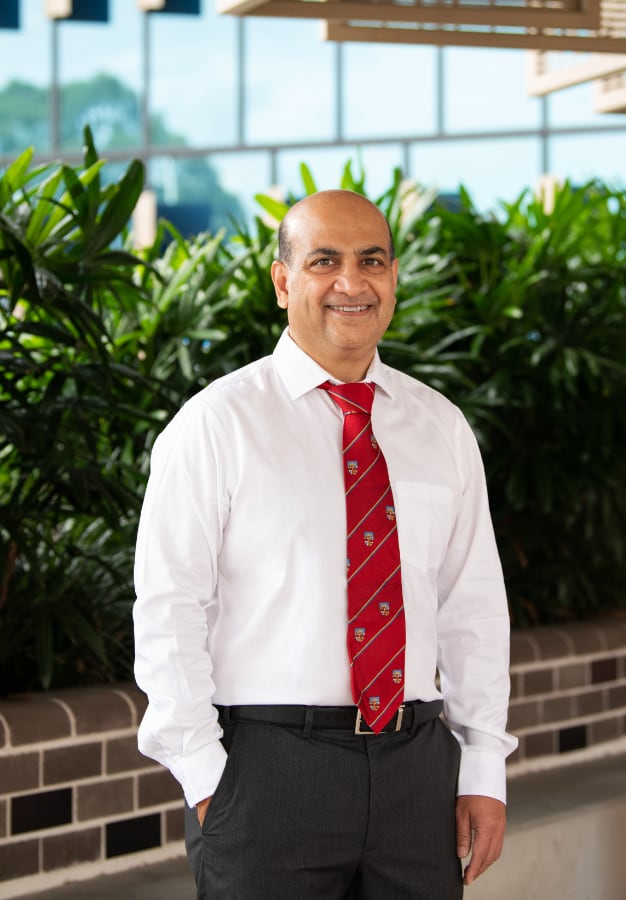Otoplasty, also known as ear surgery, is a cosmetic procedure designed to correct the shape, position, or proportion of the ears.
It is particularly effective for addressing prominent ears, a condition where the ears stick out more than usual.
This procedure can significantly improve the appearance of the ears and enhance overall facial harmony, leading to increased self-confidence and psychological well-being.

Prominent ears are a congenital condition characterised by the excessive protrusion of the ears from the sides of the head. This condition is usually benign but can cause considerable emotional distress, especially in children who may face teasing or bullying due to their ear appearance.
The prominence can vary, with some individuals experiencing mild protrusion while others have more severe cases.
The primary cause of prominent ears is often a combination of genetic factors and developmental issues in the ear cartilage. Specifically, this condition can result from:
The primary treatment for prominent ears is otoplasty, which can be performed on children as young as five years old, once the ear cartilage is stable enough for correction.
Adults who did not undergo the procedure during childhood or those seeking to refine previous surgical outcomes can also benefit from otoplasty.
There are several surgical techniques used in otoplasty, tailored to the specific needs of the patient. These include:
In Australia, otoplasty is a well-established and commonly performed procedure by qualified plastic surgeons. The process typically begins with a comprehensive consultation to discuss the patient’s goals, examine the ears, and determine the most appropriate surgical technique. During this consultation, the surgeon will also explain the risks and benefits of the procedure and set realistic expectations for the outcomes.
Patients are usually advised to:
Recovery from otoplasty varies but generally involves a few weeks of reduced activity to allow for proper healing. Most patients can return to work or school within a week, although physical activities, especially contact sports, should be avoided for at least six weeks.
The results of otoplasty are usually permanent, providing a significant improvement in the appearance of the ears and, consequently, the overall facial symmetry. This can lead to enhanced self-esteem and confidence, particularly in social situations.
For many individuals, particularly children, otoplasty can have profound psychological benefits. Reducing the prominence of the ears can alleviate feelings of self-consciousness and prevent bullying or teasing, leading to improved social interactions and mental well-being.
Otoplasty is a safe and effective procedure for individuals with prominent ears seeking to enhance their appearance and self-esteem. In Australia, experienced plastic surgeons perform this procedure with great success, offering patients the opportunity to achieve a balanced and natural ear appearance.
Whether addressing congenital deformities or seeking cosmetic improvement, otoplasty can provide life-changing results.
For more information or to schedule a consultation, please contact our clinic. Dr Atul Ingle has significant experience performing otoplasty surgery and is dedicated to helping you achieve your aesthetic goals and enhancing your overall quality of life.
He has 20+ years of experience in plastic and reconstructive surgery and holds two Master of Surgery Degrees. He is the Head of the Plastic and Reconstructive Surgery Department at Townsville University Hospital.
If you have a question about a condition or treatment, or would like to book an appointment, please contact us and one of our friendly staff members will happily assist you.
